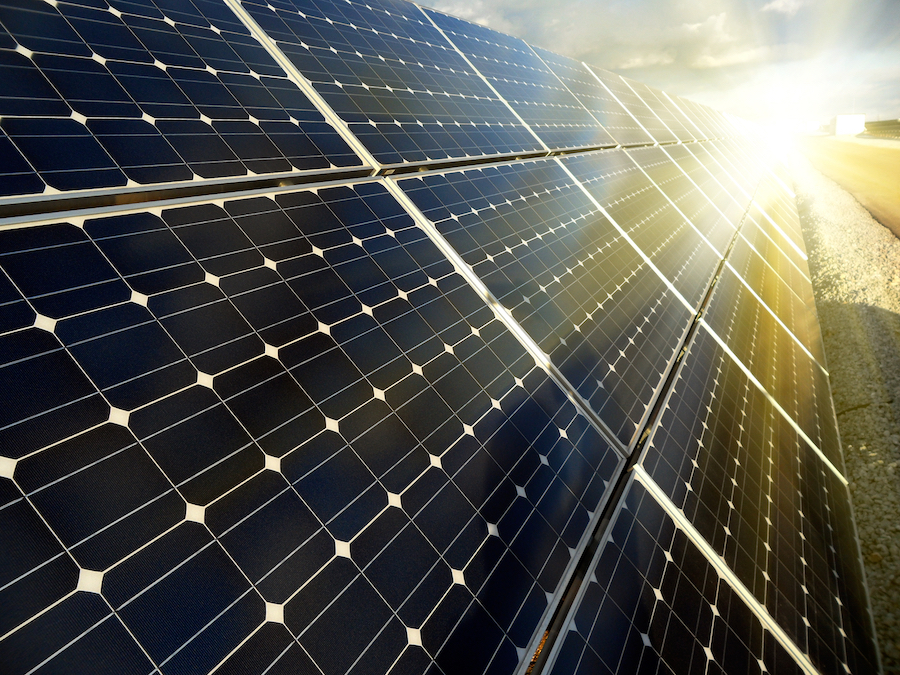AR Coatings Explained
Reflection is the change in direction of a wavefront at an interface between two different media so that the wavefront returns into the medium from which it originated. Common examples include the reflection of light, sound and water waves. When light meets a glass surface, some of the light is reflected. This reflection depends primarily on three factors:
The angle of incidence
The refractive indices of the glass
The medium the light is coming from (e.g., air)
The fraction of the reflected and transmitted light can be determined using the Fresnel equations. In case the angle of incidence is perpendicular to the glass surface, the fraction of reflected light is given by the reflection coefficient or reflectance, R, with n0 being the refractive index of the medium the light is coming from (e.g., air with n ≈ 1) and nG being the refractive index of the glass (see equation at right):
The light passing through glass is not only reflected on the front surface, but also on the back. In fact, the light may be reflected back and forth several times. Therefore, the total reflectance through a glass window is 2·R / (1+R). According to these formulas, about 8% of the light is reflected from common soda-lime window glass, assuming perpendicular incidence angle and no absorption and scattering. If absorption and scattering are neglected, then the transmission coefficient or transmittance, T, is always 1-R.
For more information check out glassproperties.com. You can download a simple reflection calculator here.
How MoreSun Reduces Reflective Losses
MoreSun AR coating works by providing an incoming photon with a more gradual transition from air to glass. After MoreSun cures it is silica - the same substance as the glass beneath it - but during both the manufacturing process and the curing process, MoreSun creates a unique silica structure, only 120nm - 140nm thick, on the glass surface that reduces the refractive index and also helps reduce losses from reflections on the back of the glass.
MoreSun® under an electron microscope
What Makes MORESUN® Unique
All AR Coatings work on the same principle of reducing the refractive index. MoreSun’s proprietary formulas, however, reduce reflected light losses better than other commercially available products in their class. Additionally, MoreSun’s Retrofit formulas have unique low-temperature, fast-cure technology to enable them to be used in the field, where most traditional AR Coatings will not work. Pellucere Technologies also has the only true water-based AR coatings for the factory, MoreSun Aqua, which offer a zero-VOC option with world-class optical improvements.
Beyond the MoreSun chemistry, the company’s patented field deposition technology allows far greater precision in installation to ensure a highly uniform and accurate application.




